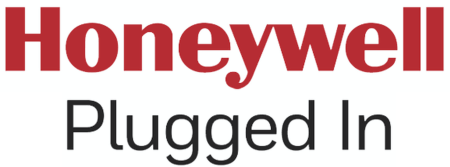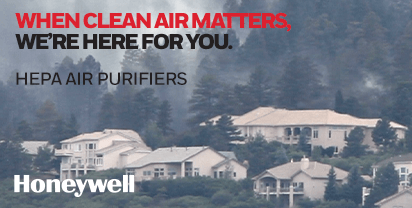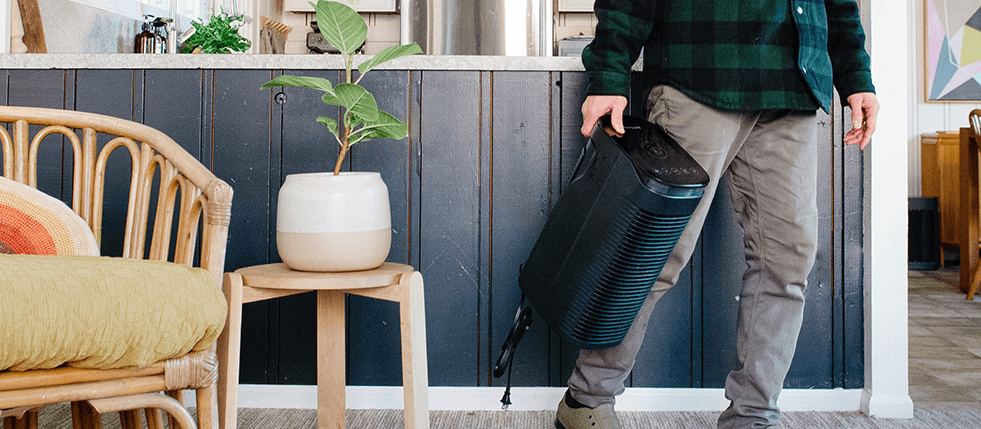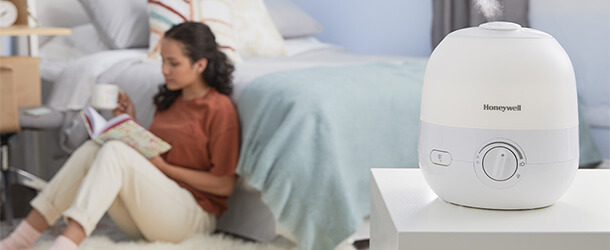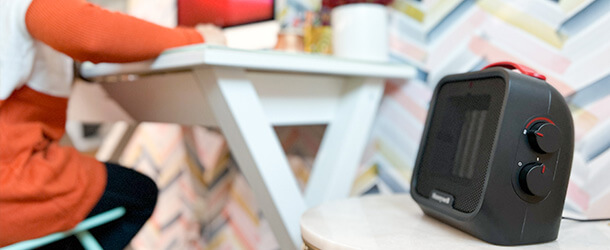Blog
Emerging Trends in HEPA Air Filters for Home Use at the 138th Canton Fair 2025
At the 138th Canton Fair in 2025, a significant emphasis will be placed on emerging trends in home air purification technologies, with a particular focus on HEPA air filters for home use. As air quality continues to deteriorate globally, homeowners are increasingly seeking efficient solutions to ensure a healthy living environment. The advancements in HEPA air filter design and functionality showcased at this prestigious trade event will reflect the innovative approaches manufacturers are taking to address the growing concerns over air pollutants and allergens. From enhanced filtration capabilities to smart technology integrations, the evolution of these filters represents a critical response to consumer demand for cleaner indoor air. This introduction to the latest developments in HEPA air filters for home use will offer insights into how these products are evolving to meet the diverse needs of modern households while adhering to environmental sustainability goals.
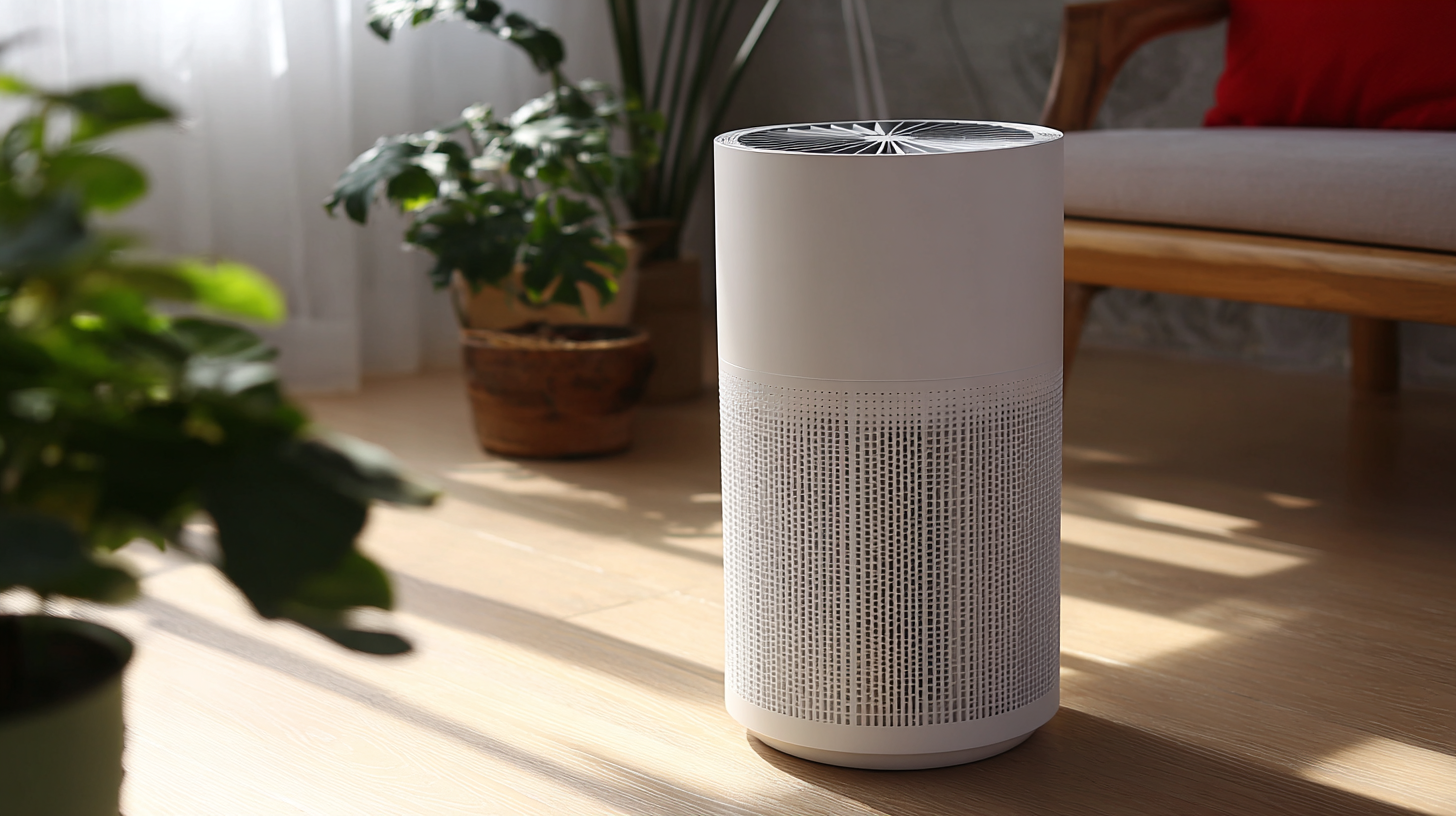
Emerging Innovations in HEPA Air Filter Technology Showcased at Canton Fair 2025
At the 138th Canton Fair in 2025, the spotlight is set on emerging innovations in HEPA air filter technology that promise to revolutionize home air purification. Recent trends indicate a significant surge in consumer interest, driven by increasing awareness of indoor air quality and its impact on health. Reports show that the global air purification market is projected to reach $12 billion by 2025, primarily due to advancements in filtration technologies and rising demand for efficient, smart home solutions.
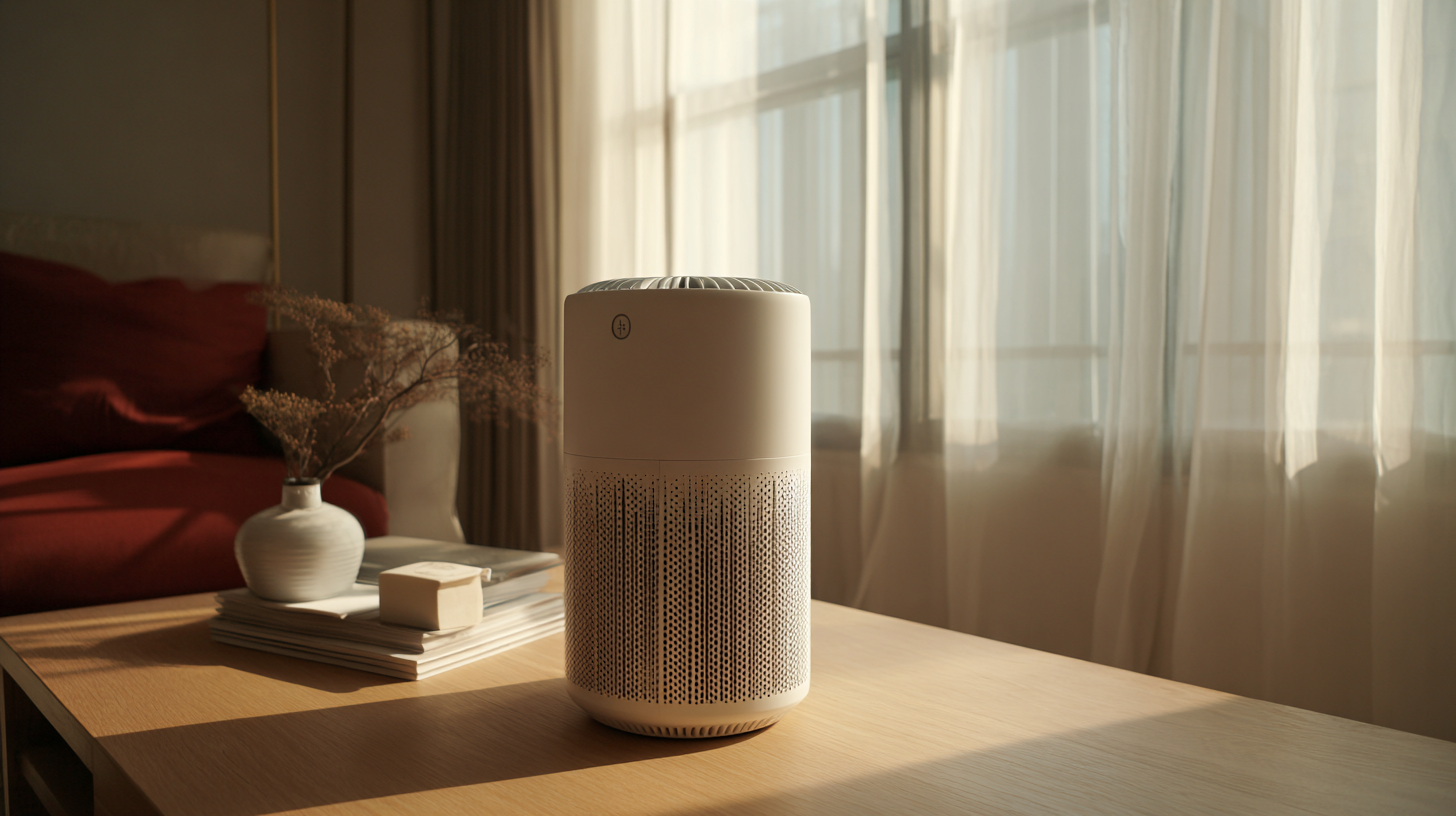 One noteworthy trend is the integration of IoT and smart technology into HEPA filters, enhancing user experience through automation and real-time monitoring. This allows homeowners to maintain optimal air quality effortlessly. Moreover, innovations in filter materials and designs have led to models that are not only more effective but also eco-friendly, aligning with sustainable living practices.
One noteworthy trend is the integration of IoT and smart technology into HEPA filters, enhancing user experience through automation and real-time monitoring. This allows homeowners to maintain optimal air quality effortlessly. Moreover, innovations in filter materials and designs have led to models that are not only more effective but also eco-friendly, aligning with sustainable living practices.
Tips: When selecting HEPA air filters for home use, consider filters that feature smart capabilities for easier management of air quality. Additionally, look for models that utilize sustainable materials to support healthier living environments. Regular maintenance and timely replacement of filters will ensure continued performance and efficiency in air purification.
Market Demand for Advanced HEPA Air Filters in Home Environments
As home environments increasingly prioritize health, the demand for advanced HEPA air filters is surging. The North American HVAC systems market is projected to grow from $51.61 billion in 2025 to $75.75 billion by 2032, reflecting a robust annual growth rate of 5.6%. This trend underscores the necessity for effective air purification solutions, specifically for formaldehyde removal in newly renovated homes, as emerging parents and health-conscious families seek to create safe living spaces.
Tip: When selecting an air purifier, ensure it is equipped with a HEPA filter to capture harmful particles such as PM2.5 and formaldehyde, which are commonly associated with new furniture and renovations.
Research indicates a significant demand for air purifiers capable of efficiently breaking down harmful substances, prompting a shift towards specialized formaldehyde-removing units. With a myriad of options flooding the market, consumers should focus on models that demonstrate proven efficacy in real-world tests to ensure their home remains a haven for health.
Tip: Look for certifications and performance metrics when choosing an air purifier to ensure you are investing in a reliable solution for your family's health and well-being.
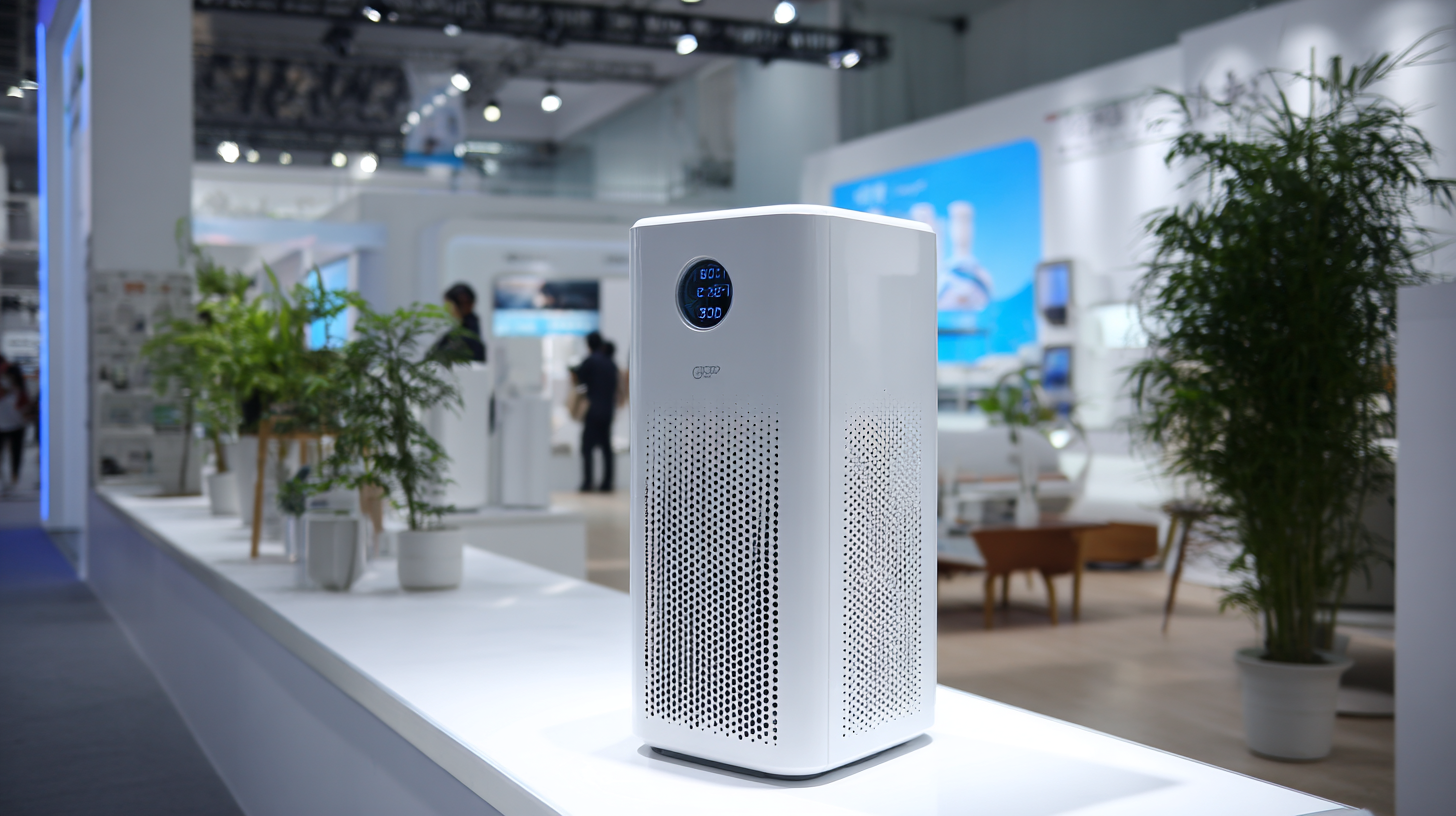
Sustainability Trends Driving HEPA Air Filter Development in 2025
At the 138th Canton Fair in 2025, sustainability emerged as a pivotal theme influencing the development of HEPA air filters for home use. As consumers become increasingly aware of air quality and its impact on health, manufacturers are responding with innovative solutions that prioritize eco-friendly materials and efficient designs. This trend toward sustainability is not just a market demand; it reflects a broader commitment to reducing environmental footprints and creating healthier living spaces.
Companies are integrating biodegradable components and recyclable materials into their HEPA filters, aligning their products with the principles of a circular economy. Furthermore, advancements in filter technology are enhancing the efficiency of air filtration systems, requiring less energy to operate while maintaining high performance. As a result, consumers benefit from both improved air quality and reduced energy consumption, making sustainable living more accessible and practical. The convergence of these trends at the Canton Fair signifies a transformation in the home appliance industry, where ecological responsibility and innovative technology go hand in hand to meet the needs of contemporary households.
Consumer Preferences and Buying Trends for Home Air Purifiers
At the 138th Canton Fair 2025, one of the most notable trends observed in consumer preferences for home air purifiers is the increasing demand for HEPA (High-Efficiency Particulate Air) filters. As awareness of indoor air quality intensifies, consumers are seeking products that offer superior filtration capabilities to combat allergens, dust, and pollutants. The emphasis on health and well-being has led to a growing market for home air purifiers, with consumers gravitating towards brands that highlight HEPA technology as a fundamental feature.
Moreover, the integration of smart technology into air purifiers is gaining traction among buyers. Features such as air quality sensors, smartphone connectivity, and remote control functionalities are becoming essential purchasing factors. Consumers are increasingly looking for user-friendly interfaces and customizable settings that allow them to tailor the purification process to their specific needs. This shift towards smarter home products reflects a broader trend of consumers prioritizing convenience and efficiency in their homes, driving manufacturers to innovate and differentiate their offerings in a competitive landscape.
Regulatory Standards Impacting HEPA Air Filter Production and Quality
The 138th Canton Fair 2025 highlights the significant regulatory standards shaping the production and quality of HEPA air filters for home use. With growing concerns over indoor air pollution and health implications, regulatory bodies are increasingly enforcing strict criteria that manufacturers must adhere to. Compliance with these standards not only ensures that HEPA filters perform effectively but also guarantees consumer safety, ultimately fostering greater trust in the product's efficacy.
According to a recent industry report, the Hospital Filtration Market is projected to reach USD 3.19 billion by 2030. This upward trend underscores the rising importance of air filtration systems, particularly as hospitals and healthcare facilities prioritize air quality management. As home-use HEPA filters draw inspiration from these advancements, understanding and aligning with evolving regulations will be crucial for manufacturers aiming to capture this expanding market. Ensuring adherence to these standards not only enhances product credibility but also positions businesses to take advantage of burgeoning consumer demand for healthier living environments.
Emerging Trends in HEPA Air Filters for Home Use at the 138th Canton Fair 2025 - Regulatory Standards Impacting HEPA Air Filter Production and Quality
| Dimension | Current Trends | Regulatory Standards | Expected Developments |
|---|---|---|---|
| Filter Efficiency | Increased focus on ≥99.97% efficiency | HEPA standard EN 1822 | Introduction of H14 and U15 HEPA ratings |
| Material Innovation | Use of sustainable and recyclable materials | ISO 16890 for particulate matter | Launch of biodegradable filter options |
| Smart Technology | Integration with IoT for monitoring | Compliance with cybersecurity regulations | Increased use of AI for air quality management |
| Filter Lifespan | Development of longer-lasting filters | Regulations on consumer product lifespan | Standardization of filter replacement cycles |
| Noise Reduction | Focus on quieter operation models | Noise control regulations (ISO 3741) | Emergence of ultra-quiet technology |
Related Posts
-
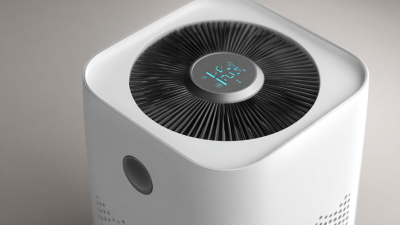
How to Choose the Best Air Cleaner Understanding Key Specifications and Features
-
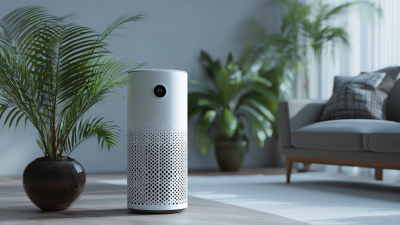
What Types of Air Cleaners Exist and Which One Suits Your Needs?
-

The Future of Home Wellness with True HEPA Air Purifiers
-

Maximizing Plant Health: The Essential Benefits of Using Humidifiers in Indoor Gardening
-

Cool Humidifier Comparison Top Models Analyzed for Optimal Indoor Comfort
-
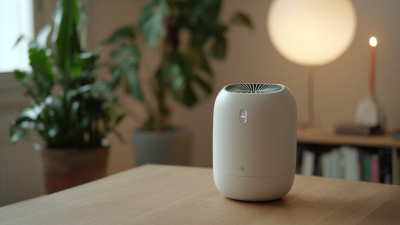
Exploring the Future: The Impact of 2025 Technology Trends on the Best Small Air Purifiers



